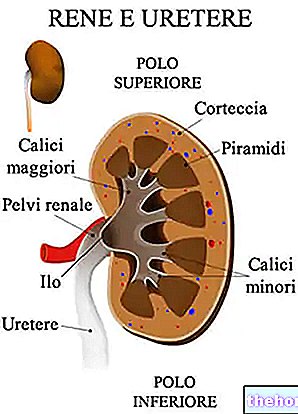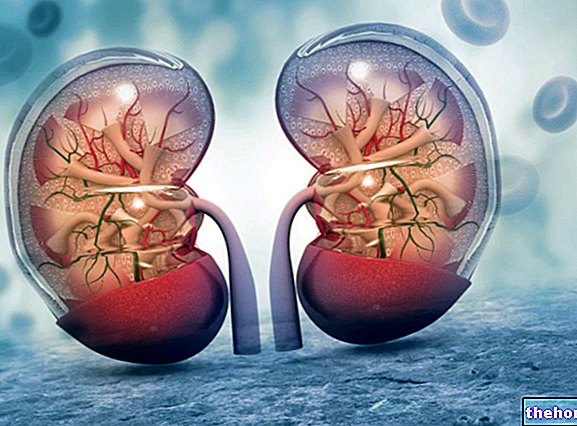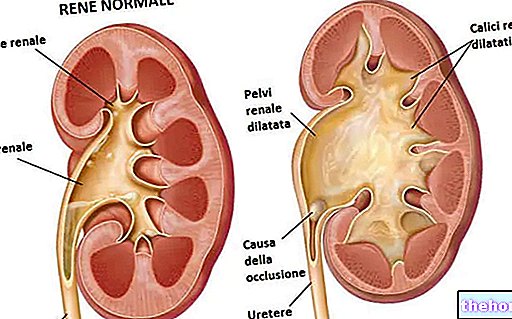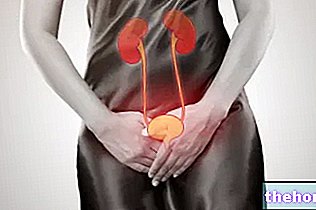and the ways through which the infection spreads can be different. The colonization mediated by pathogens can in fact take place through:
- Ascending route from the bladder (the most frequent): from the perineum (or from the vaginal vestibule, in the case of female patients), the microorganisms go up in the urethra, then in the bladder, up to the kidney; the main causes of infection for women consist in the deformation of the urethra during sexual intercourse, while for men it is often secondary to prostatitis. In catheterized patients, contamination can occur following the positioning or manipulation of the catheter, with consequent possible ascent of pathogens into the bladder.
- Descending blood route: through the bloodstream, in the course of septicemia, the pathogens reach the kidney causing nephritis and renal abscesses.
- Descending lymphatic pathway: a network of lymphatic vessels connects the ascending colon with the right kidney and the descending colon with the left kidney.

The microorganisms involved in pyelonephritis are usually the same responsible for infections of the urinary tract, of the genital and gastrointestinal tract, therefore in the bladder, prostate, cervix, vagina, urethra or rectum: Escherichia coli, Klebsiella spp., Proteus spp., Enterococcus spp. etc.
In most cases, these pathogens represent the bacteria of the fecal flora, which take the ascending route although in general peristalsis (movements of contractions and distension of the walls of the urinary tract) carries out an "effective protective action against infections.
Other unusual microorganisms are occasionally reported: mycobacteria, yeasts and fungi, as well as opportunistic pathogens such as Corynebacterium urealyticum.
















.jpg)











